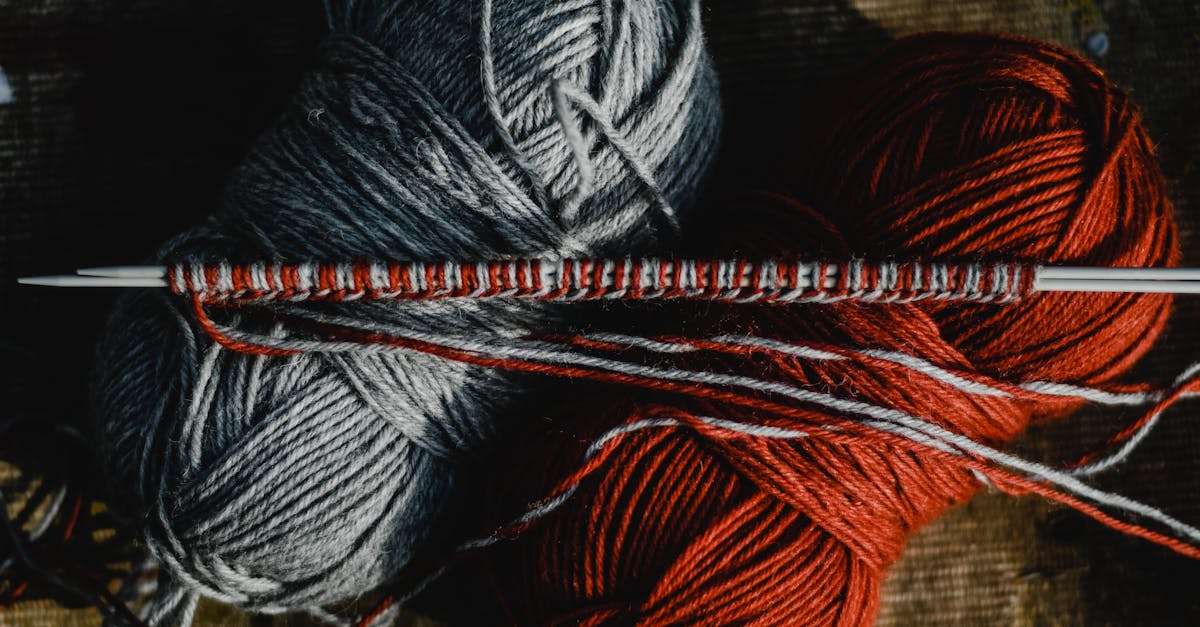Knitting pattern abbreviations can often seem like a foreign language to beginners and even experienced knitters. However, understanding and mastering these abbreviations is crucial for successfully completing intricate knitting projects, especially those involving techniques like intarsia, brioche knit, and cable knit. In this article, we will delve into five essential strategies to help demystify pattern abbreviations and enhance your knitting skills in these specific areas.
1. **Start with the Basics**: Before tackling more complex techniques such as intarsia, brioche, or cable knitting, it is important to have a strong understanding of basic knitting abbreviations. Familiarize yourself with common terms such as k (knit), p (purl), yo (yarn over), and k2tog (knit two stitches together). Building a solid foundation in fundamental abbreviations will make it easier to decipher more intricate instructions.
2. **Consult a Reliable Resource**: When working on a pattern that includes unfamiliar abbreviations, always refer to a reliable knitting resource for clarification. Online knitting dictionaries, pattern glossaries, or specialized knitting books can provide definitions and explanations for a wide range of knitting terms, including those specific to intarsia, brioche, and cable knitting.
3. **Take Note of Pattern-Specific Abbreviations**: Some knitting patterns may introduce unique abbreviations that are specific to a particular designer or project. Make sure to carefully review the pattern’s key or legend to understand these special abbreviations before starting your project. Pay close attention to symbols or shorthand notations that represent specific techniques like color changes in intarsia or stitch variations in brioche knitting.
4. **Practice Swatching**: Before diving into a full-scale intarsia, brioche, or cable knitting project, consider creating a swatch to practice the pattern abbreviations and techniques. Swatching allows you to experiment with the stitch patterns, test your understanding of the instructions, and familiarize yourself with any new abbreviations in a smaller, less daunting context. It also helps you gauge your tension and make necessary adjustments before moving on to the main project.
5. **Seek Guidance and Learn from Others**: If you encounter a challenging abbreviation or technique while working on a knitting project, don’t hesitate to seek guidance from more experienced knitters or online knitting communities. Participating in forums, taking classes, or joining knitting groups can provide valuable insights, tips, and support to help you navigate complex pattern abbreviations and improve your intarsia, brioche, and cable knitting skills.
In conclusion, mastering knitting pattern abbreviations is an essential aspect of becoming a proficient knitter, particularly when exploring advanced techniques like intarsia, brioche knit, and cable knit. By following these five strategies – starting with the basics, consulting reliable resources, noting pattern-specific abbreviations, practicing swatching, and seeking guidance from others – you can enhance your understanding of pattern abbreviations and elevate your knitting abilities in these specialized areas. Embrace the challenge, stay curious, and keep knitting to unlock the endless creative possibilities that await you in the world of knitting.


